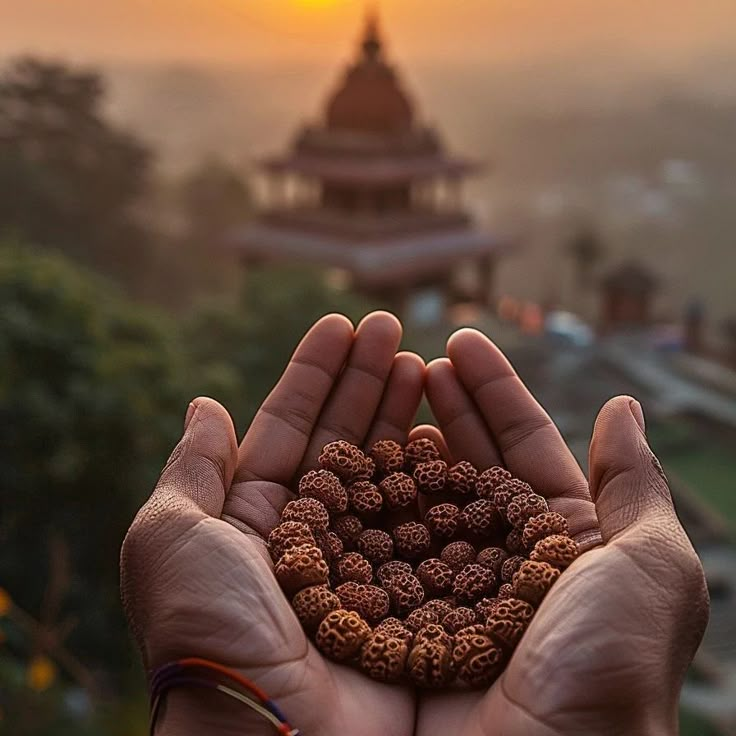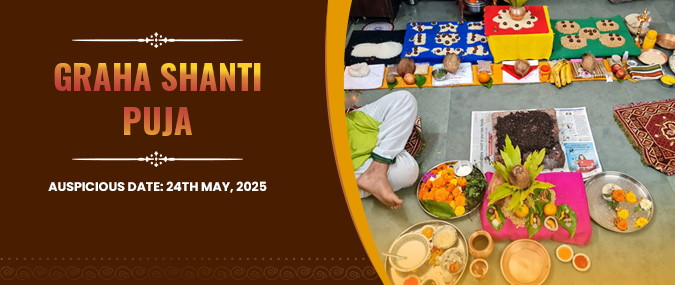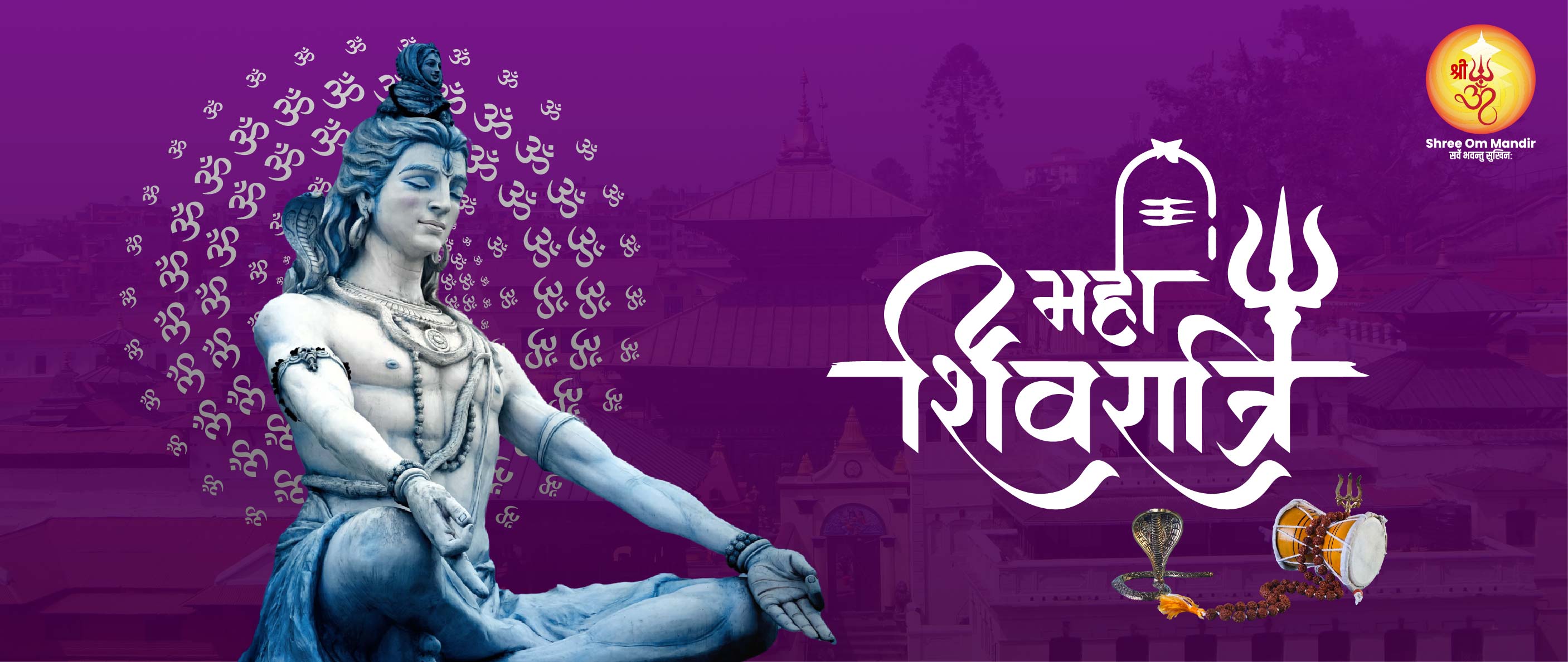Discover the Power of Rudraksha: Nature’s Spiritual Gift
Have you ever wondered how a small seed can bring peace, power, and positivity into your life? That’s exactly what Rudraksha is believed to do. Revered as a sacred bead, Rudraksha is seen as a divine gift from Lord Shiva. More than just a symbol of spirituality, it’s a source of healing energy, inner strength, and emotional balance.
What is Rudraksha?
Rudraksha is the dried seed of a special tree, mainly found in Nepal, India, and Indonesia. Each bead features natural grooves, known as mukhis or faces. These mukhis determine the type and benefits of each bead, ranging from 1 to 21 mukhi.
There are also rare varieties like Gaurishankar, Ganesha, Savar, and Trijuti Rudraksha, known for its powerful energy and symbolic value.
Interestingly, around 98% of naturally occurring Rudraksha beads are 5 mukhi, commonly used for promoting peace, health, and spiritual balance. The remaining 2% include the rarer types, which are carefully sorted for specific purposes.
Why Wear Rudraksha?
- Spiritual Energy: Helps you stay calm, grounded, and spiritually connected.
- Mental Peace: Reduces stress and improves focus.
- Positive Aura: Shields you from negativity and attracts good energy.
- Success & Wellness: Believed to enhance health, clarity, and fortune.
Who Can Wear Rudraksha?
Anyone can wear Rudraksha, regardless of age, gender, or belief. Whether you're spiritually inclined or simply seeking mental peace, Rudraksha offers a natural way to support personal growth, balance, and protection.
In a world full of distractions, finding peace and clarity is a treasure. Rudraksha can be your companion on the journey toward a more centered and meaningful life. Let nature’s sacred bead guide your path.





